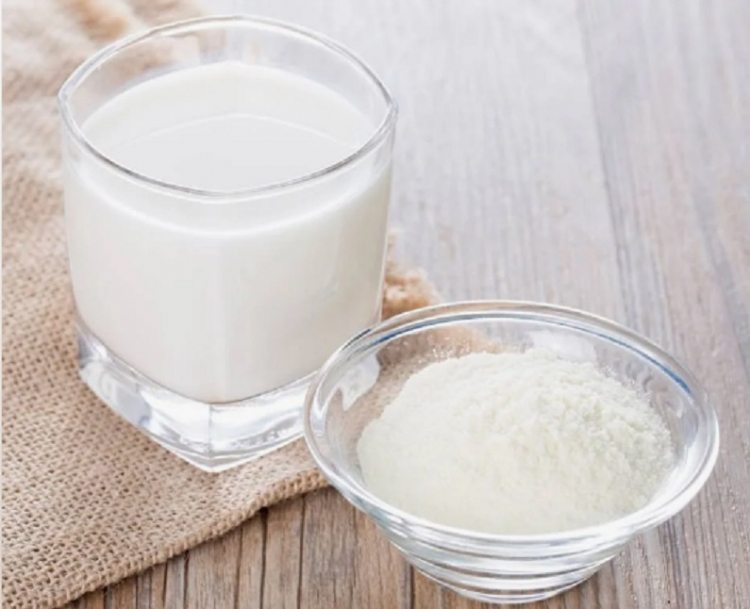
At altitudes of 1500-2500 m above sea level, there may be slight functional changes in well-being,...

As soon as a person ascends into the mountains and overcomes a certain altitude barrier (usually...

Preparation for hunting in Kyrgyzstan is a topic that deserves special attention. The thing is...

The "Maili-Sai" Zone is located in close proximity to one of the major industrial...

There is a lot of sun in Kyrgyzstan. The average annual duration of sunshine here ranges from 2500...

Petroglyphs of Issyk-Kul. Saymaluu-Tash The Ornok complex and the Saymaluu-Tash area. The clusters...

Moyt-ake and Sart-ake Once upon a time, two renowned orators, two rivals - Moyt-ake and Sart-ake -...

Rainbow Trout. Family Salmonidae. There are 10-11 branched rays in the dorsal and anal fins. There...

How to Find Water in Extreme Conditions? One of the first steps to survival is to prioritize...

Flight Tips Choose alternatives to flying. First of all, airplanes emit a lot of harmful...

Food prepared with love is a gift for the soul and heart. Folk wisdom says: If food is made with...

The Chatyr-Kel Zone includes a significantly elevated intermountain basin with a lake of the same...

One of the oldest sanatoriums in Central Asia, 'Issyk-Ata' is a health resort of the...

Tynaliev Moidin Tynalievich (1938-2001), Doctor of Medical Sciences (1984), Professor (1986),...

Kamchibek Uzakbaev, Director of the National Center for Maternal and Child Health: In Kyrgyzstan,...

Kegety Zone is located 75 km from Bishkek in the gorge of the same name on the road to the village...

Hiking in the Tian Shan The hiking routes in the Tian Shan range from altitudes of 1000 to 3000...

Customs during Calving Talas kainazar After calving, they prepare uus kojo39. Everyone eats in the...

No matter how interesting the composition and properties of water manifestations may be, it is...

Location of the Sanatorium "Djety-Oguz" Located on the northern slope of the Terskey...

Every year, hundreds of cases of domestic violence occur in Kyrgyzstan. Headlines like...

Aflatun Zone is located on the southeastern slopes of the Chatkal Ridge and occupies the basin of...

HEALING If someone falls ill, a kid is placed near their yurt with its head facing west, neighbors...

Mamasayidov Abdimutalib Tashalievich (1964), Doctor of Medical Sciences (1997), Professor (2001)...

On October 31, the rock bar Kasper’s Zeppelin hosts the scariest night of the year. Chernobyl, the...

Traditional Type of Consciousness of the Kyrgyz In the traditional type of consciousness, the...

The bus, which was previously used by KFS, is intended to support and develop the country's...

In the works of the famous Kyrgyz akyns-democrats Toktogul and Togolok Moldo, there are some...

Alisherov Avtandil Shermanovich Doctor of Medical Sciences, Professor, Honored Health Worker of...

The "Osh" zone introduces tourists to the attractions of the ancient city of Osh. The...

Geographical Reference: Ala-Kul (Ala-Kyol, Alakul, Alaköl) is a closed lake in the Terkey-Alatau...

Once upon a time, there lived three orphaned brothers. Every day they went to the forest to gather...

Water Disinfection Sometimes a water source can raise significant concerns — what if there is a...

Mansion Music Hall: Operating Hours Music: Disco, Dubstep, Pop, R&B Entrance: Dress code, Age...

For hunting in mountainous terrain at altitudes over 3000 meters, a crucial feature of the weapon...

The Yassy Zone occupies the valley of the same name, located near the city of Uzgen, 80 km from...

This special soup is prepared and served in conjunction with the ritual "Bertik Suruu."...

Peak Komsomolets - 4170m above sea level Located on the mountain ridge that separates the...

Pension "Enesai" for a Quiet Family Vacation and Relaxation with Children Pension...

Rooster In one village, there lived a blind old man. Every day and every night, he prayed to God,...

The "Upper Naryn Zone" includes the upper part of the Naryn River basin from the...

REPORT OF THE CHAIRMAN OF THE UNION OF TANNERS OF THE CITY OF PISHPEK TO THE SEMIRECHENSKY...

The dance studio “Wake Up Dance Studio”, with the support of the Bishkek city administration, the...

The film "Kyrmanjan Datka" by Sadik Sher-Niyaz has been included in the program of the...

The At-Bashi Zone includes the Atbashi-Karakoyun Valley. The center of the zone, the village of...

The Suusamyr Zone includes the eponymous high-altitude valley stretching 155 km. To the north, it...

35 schools in Kyrgyzstan located in hard-to-reach mountainous areas are awaiting the OneWeb social...
The incredible beauty of Kyrgyzstan's nature...